T4K3.news
Caltech study reframes quake forecasts
New Mandalay quake findings push time dependent models for California forecasts
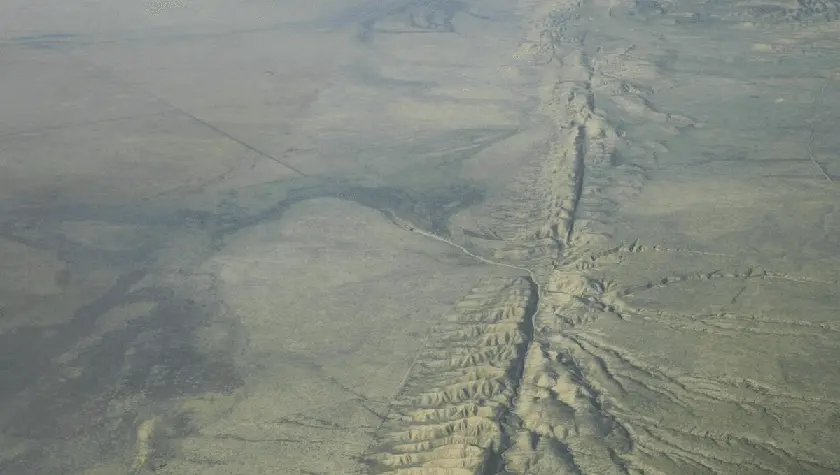
A new Caltech analysis of the Mandalay quake suggests models for California may need time dependent forecasting.
Caltech study reframes California earthquake forecast
A new study by researchers at the California Institute of Technology looks at the 2025 Mw7.7 Mandalay earthquake in Myanmar to question how we forecast big faults. Using satellite imagery from before and after the quake, the team argues that models should include where a fault last moved and how much slip happened. The Mandalay event ruptured along a long, quiet segment on the Sagaing Fault, the longest continental rupture documented to date. The quake exceeded older expectations from the seismic gap idea, which assumes unmoved sections will eventually break in a predictable way.
The researchers note that California’s San Andreas Fault is structurally similar to Sagaing, so the findings could affect forecasts for the next big earthquake there. Many current models are time independent, estimating the chance of a quake over a period without accounting for the fault’s current state. The Caltech work suggests incorporating last movement and actual slip to provide time dependent forecasts that can be tested against observations. The study is published in the Proceedings of the National Academy of Sciences.
Key Takeaways
"The study shows that future earthquakes might not simply repeat past known earthquakes."
Avouac explains why forecasts should move beyond past earthquakes.
"In addition, historical records are generally far too short for statistical models to represent the full range of possible earthquakes and eventual patterns in earthquake recurrence."
Direct quote from Avouac on data limits.
"Physics based models provide an alternative approach with the advantage that they could, in principle, be tuned to observations and used for time dependent forecast."
Avouac on model approaches.
This is a shift from past forecasting habits. If models start using time dependence, they may better reflect how faults store and release strain over years or decades. That could change how cities plan and how emergency services prepare. It also highlights a tension between long scientific timelines and short political cycles. Better forecasts require more data and transparency about uncertainty, so communities can decide where to invest in resilience.
The work points to a future where simulations are tuned to real observations. That leaves room for cautious optimism: forecasts become more useful when they adapt to what we actually see on or near faults.
Highlights
- Quakes will not follow the old script
- We need models that move with the fault
- Past records can no longer bind future forecasts
- Physics based forecasts connect data to real time risk
Forecasts must keep pace with a shifting underground.
Enjoyed this? Let your friends know!
Related News
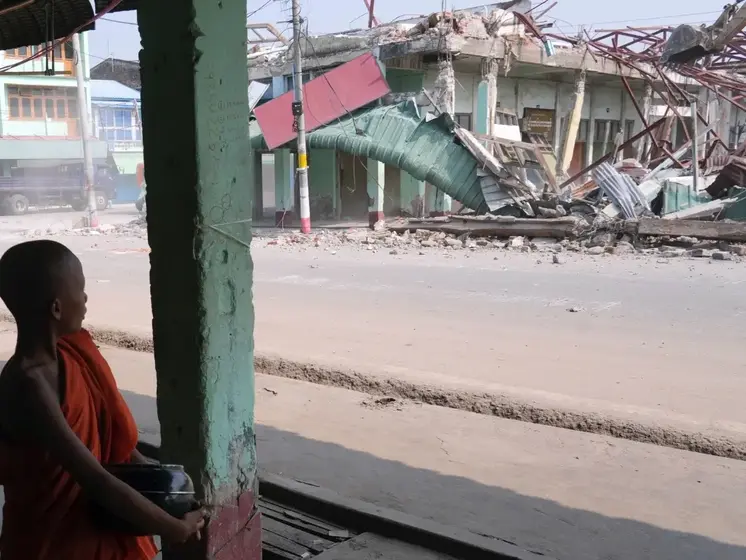
California Big One May Look Different

California hit by rapid quake swarm
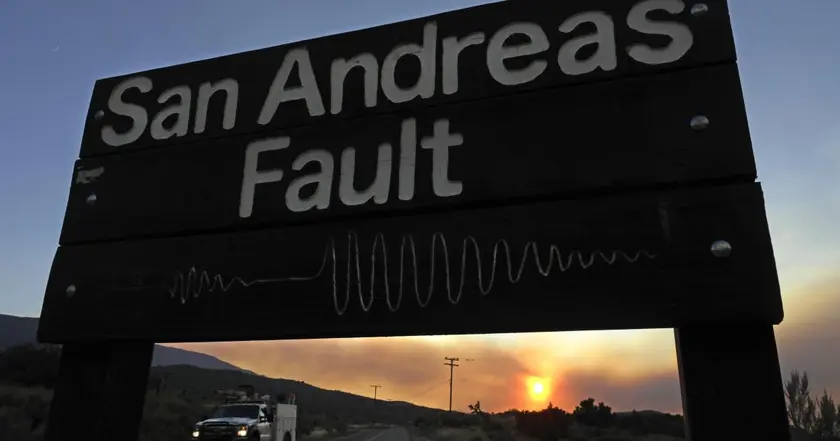
California quake study reframes risk
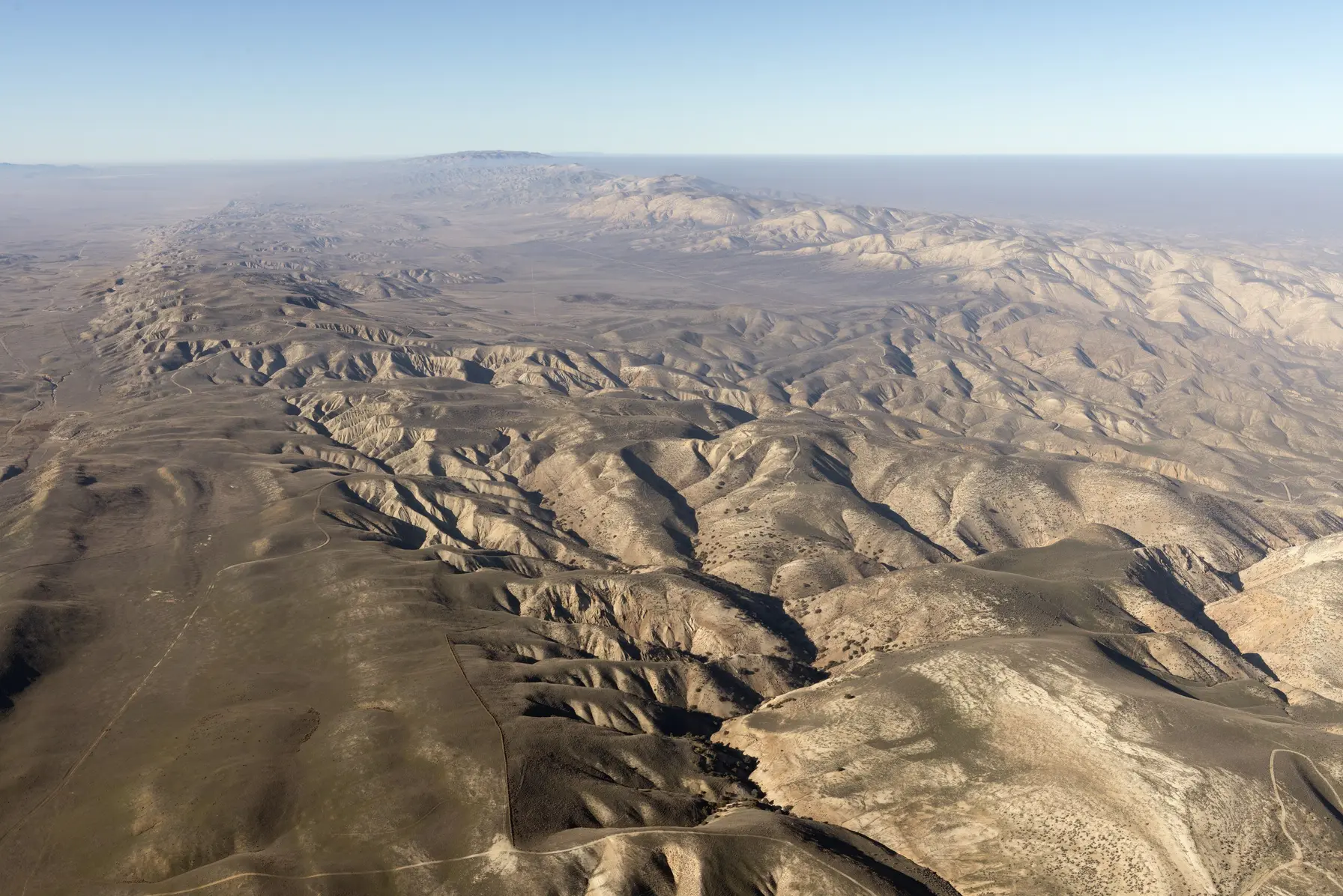
San Andreas quake may unfold in new patterns

New SWOT data boosts tsunami forecasts
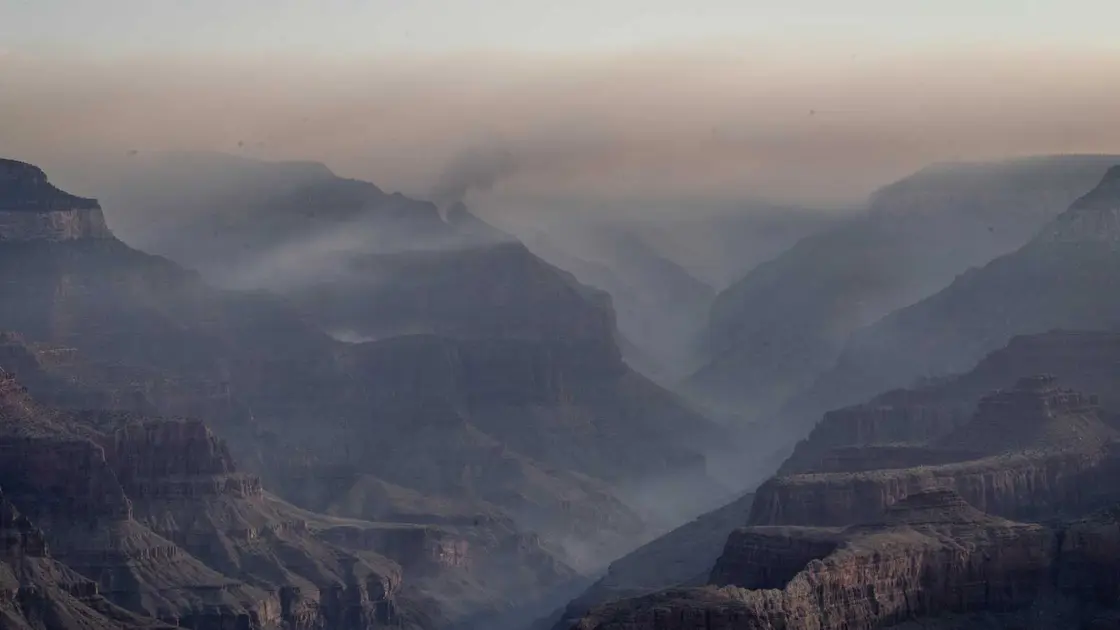
Wildfire smoke forecasting tools reviewed

Higher IQ leads to more accurate life predictions
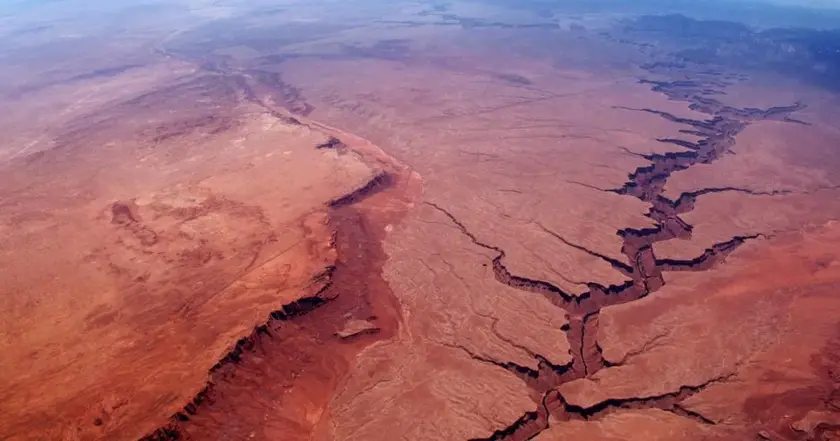
Tintina fault could host large quake
